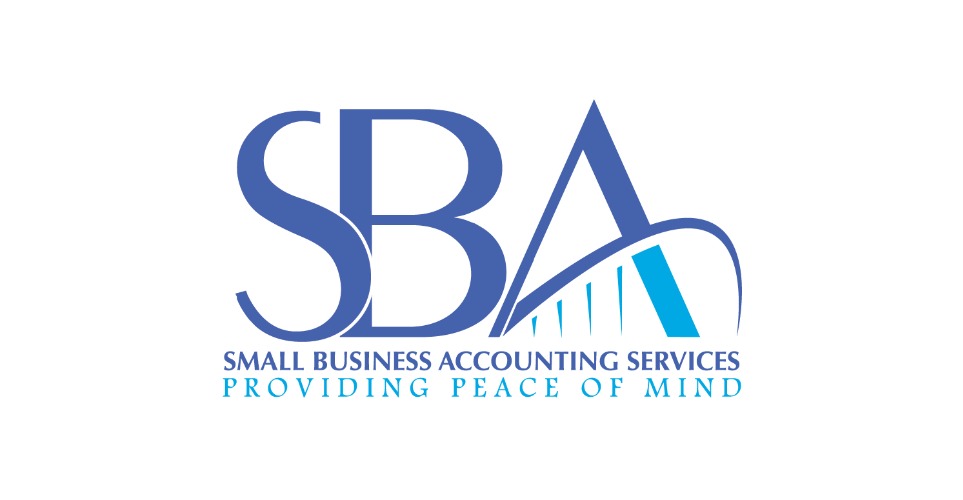Articles:
Topics:
- Sales Tax
- QuickBooks Tutorials
- Purchase Orders
- Internal Controls
Leadership Matters

Boundaries for Leaders
To get results, leadership matters. There are some leadership disciplines that are essential to creating results and making it all work- disciplines such as casting a vision, shaping the future, developing strategy, engaging the right talent in the right places, and more. The leader sets the boundaries that will determine the vision and the people thrive or fail. The leader determines what will exist and what will not.
As the leader, you always get what you create or allow. Leadership is about turning a vision into reality; it’s about producing real results in the real world. And that is only done through people doing what it takes to make it happen. When the “people” side of things doesn’t work; You can have a good plan but if the “people” side of things isn’t working then the plan won’t work either. A good team is one with shared objectives and healthy relationships that help make the plan work. Similarly, the culture will be at risk, when negativity is allowed to creep in where positive energy should be.
Being good at business isn’t enough. A leader has to also be good at getting people to do what it takes to make the plan work. It is about leading the “right people,” empowering them to find and do the “right things” in the “right ways” at the “right times.” So, how can you know if the problem is about the leader, or the follower? Do you have “problem employees,” who don’t perform or who are difficult? You have to ask yourself, “Under whose watch? In whose culture? Who built the team that allows that? Who is over that employee that is a ‘problem’? And who is over the employee that allows employees like that to be that way? And if that employee is confused about the strategy or direction, who is it that sets that strategy and direction for their team or organization? Who is directly responsible? Who owns it? It is a central principal of boundaries: ownership.
Ultimately, leaders own it. Leaders are the ones that define and create the boundaries that drive the behavior that forms the identity of teams and culture and sets the standards of performance. Leaders define the direction and are responsible for making it happen. And they are responsible for the accountability systems that ensure that it does happen. It always comes back to leadership and the boundaries they allow to exist on their property.
The time and energy you invest in people issues should produce better results and create teams and a culture where momentum and energy thrive. And the work of building a great team should feel personally rewarding instead of draining. It should be an investment with a high rate of return for you and for the business, not a constant drain on your personal and organizational resources. It should produce positive, not negative energy.
As a leader you are always pushing for innovation, adaptation, and agility. And what you want is for all of that effort to produce results, and for the people to be positively energized as they help drive the vision forward.
Great Plan but Poor Results
Sometimes even with all of that energy spent, results are negative. Too often issues become ingrained patterns that determine how the business itself looks and functions. When added up, individual weaknesses, and poor interpersonal dynamics can overshadow strengths and then opportunities are lost.
Some issues that can cause this are:
- Accountability is not truly being exercised.
- Negative thinking and negative outlooks take root, and people sound like “victims” of the economy, the market, or someone else’s actions.
- One or two people have too much power, which allows dysfunction to seep in.
- The culture tolerates mediocrity or even poor performance.
- People are not focused on what truly drives results.
- Pettiness and blame games replace healthy problem solving.
- The business feels scattered and not on a focused, upward trajectory.
People issues tend to sneak up on even the best leaders, sometimes derailing even the best talent and the best-laid plans.
Establishing boundaries is essential to positively drive organizational health and to immunize against sickness.
Positively, they establish intentional structures, values, norms, practices, and disciplines that build what they desire. They figure out what should be attended to that will actually turn their vision into reality, and they keep their people, teams, and organization focused on those things and away from distractions. They build healthy, well-aligned teams with values and behaviors to drive results.
Negatively they set limits on confusion and distractions. They prohibit practices and behaviors that sow the seeds of a negative emotional climate in any way, realizing that toxic behavior and emotions impede high performance. In their push for empowerment and for people taking control and responsibility, they do not tolerate negativity.
This positive and negative boundary-setting doesn’t happen by itself. It takes energy and focus. The leader is ridiculously in charge of the business vision for the company. He can protect it and defend it against that which would infect it, derail it, or bring it down. He will get what he creates and what he allows. The boundaries will define and make that happen as you step up and set them.
Besides giving direction, good leadership boundaries also establish the norms and behaviors that drive success. On the flip-side, good leadership boundaries diminish bad behavior and forge an immune system that automatically identifies, isolates, and stamps out toxins, infections, or other viral patterns that would make the organization sick or lead it way from its values, mission, purpose and results. Strong leaders set up the kind of culture and structures that will deal with negative behavior quickly and effectively so that it never takes root. If you truly build a high-performance culture, for example, it will not allow weak performance or nonperformance to take hold. All that flows out of the boundaries established by the leader.
Build Your Vision from the Ground Up
Build Your Vision from the Ground Up
In progress

Women Business Owner Statistics

Women Owned Business in the United States
- More than 11.6 million firms are owned by women, employing nearly 9 million people and generating $1.7 trillion in sales as of 2017.
- Women-owned firms (51% or more) account for 39% of all privately held firms and contribute 8% of employment and 4.2% of revenues.
Businesses Owned by Women of Color
- 5.4 million firms are majority-owned by women of color in the U.S.
- These firms employ 2.1 million people and generate $361 billion in revenues annually.
Million Dollar Businesses
- One in five firms with revenue of $1 million or more is woman-owned.
- 4.2% of all women-owned firms have revenues of 1 million or more.
Statistics from the American Express, "The State of Women-Owned Businesses 2017"






